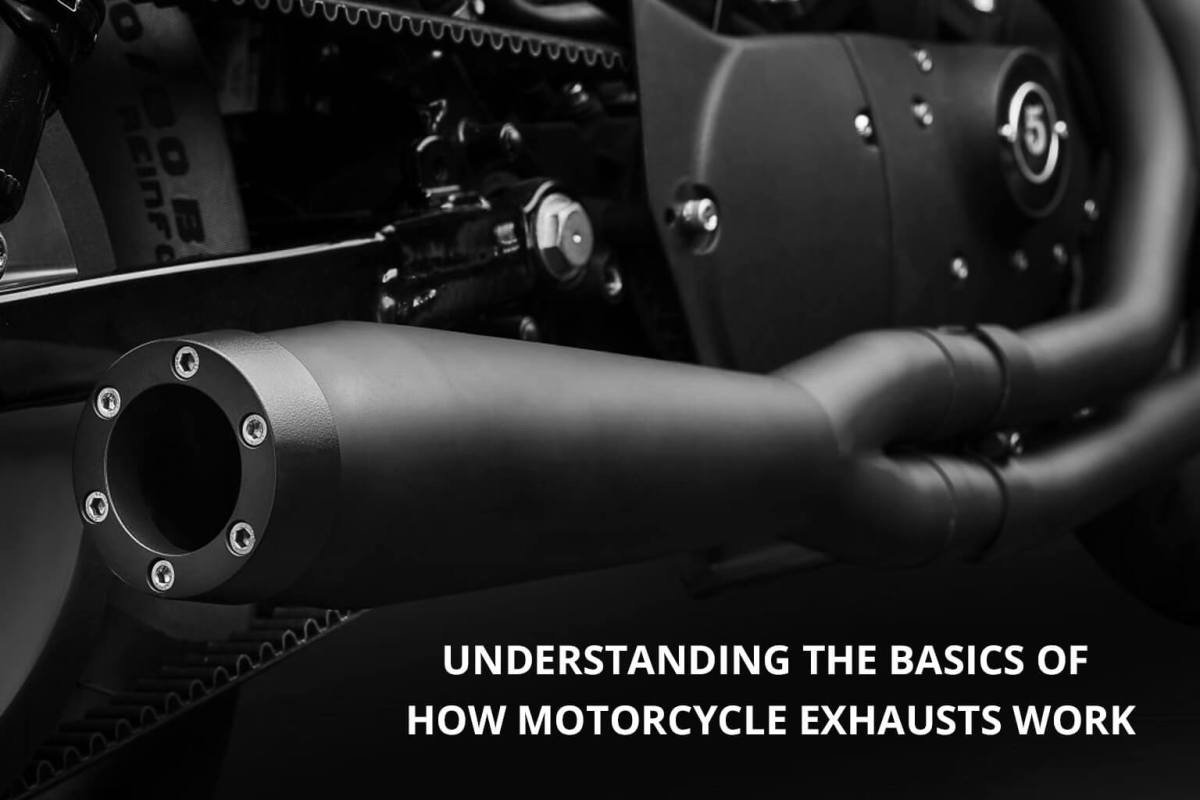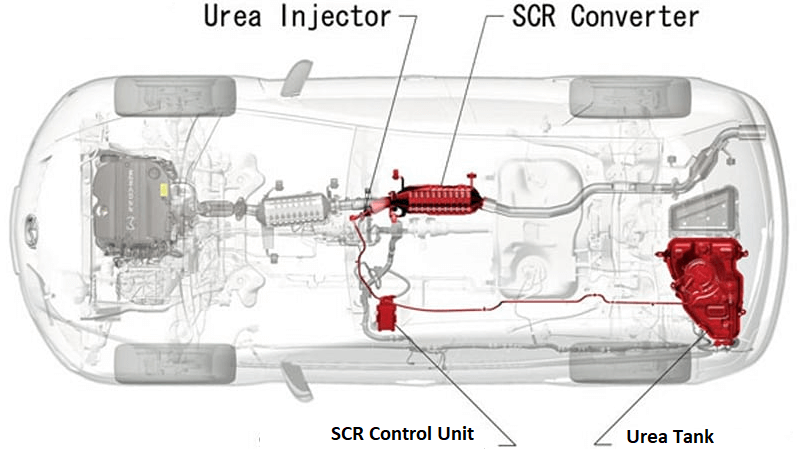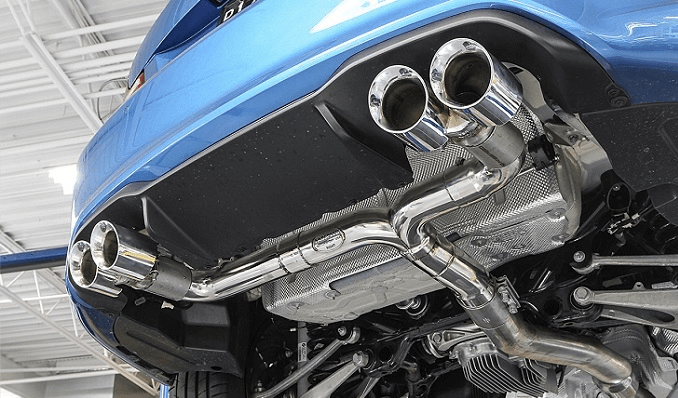Understanding what a catalytic converter is, and what it does within your exhaust system, is important for you to distinguish the best options when having to choose the difference between a direct fit and a universal fit for your vehicle. The propose of a catalytic converter is crucial for converting harmfully toxic gases, which are produced during the combustion of gasoline and diesel fuel, into carbon dioxide and water vapors, and to reduce nitrogen oxides. In this way, harmful gases such as hydrocarbons and carbon monoxide are meant to be rendered harmless, if the exhaust system if functioning properly.
Can an inefficient exhaust system hinder the ability of modern catalytic converter to reduce nitrogen oxides, and to convert harmful exhaust gases into water vapor and carbon dioxide? The answer is yes. In fact, the difference between a direct fit and a universal fit for your vehicle can improve the effectiveness of the catalytic converter. And, at the same time increase your engine’s overall performance. Here’s how.
To ensure that you’re current catalytic converter is operating at peak performance, or you are considering installing a new one and want to get the most effective use out of it, then you should know the difference between a direct fit and a universal fit for your vehicle. Below you will find a description and an explanation distinguishing the differences between a direct fit and a universal fit. But first, you need to understand the basics of how an exhaust system works.
Universal fit and direct fit catalytic converters are much like comparing a custom exhaust system to a generic exhaust system. Professional exhaust fabricators Melbourne have the knowledge and the ability to custom design an exhaust system for almost any type of vehicle. The purpose is to decrease engine noise, increase vehicle performance or to meet ever growing governmental standards. The purpose of generic exhaust system components is to reduce noise; they are not designed to increase engine performance. Understanding this will help you to know the difference between a direct fit and a universal fit for your vehicle.
Universal Fit Catalytic Converter – As the name implies, a universal fit means that a catalytic converter is generically designed to fit various engine models of cars, truck, vans and station wagons. The pros and cons of a universal fit may not be obvious to the untrained mechanic or exhaust fabricator. Most vehicle owners don’t even know what a catalytic converter does, let alone the benefits and negative effects they can have on engine performance. So, what are the pros and cons? The pros are easily understood when considering price and availability.
Universal catalytic converters are usually less costly than direct fit ones, however, the cons are observed in reduced engine performance. Why is that? Custom exhaust system components are specially fabricated using specific length and pipe widths, to take advantage of the vacuum that hot gases produce when they leave the exhaust manifold. Universal fit catalytic converters can hinder the effectiveness of a custom exhaust system, thus affecting their efficiency as well.
Direct Fit Catalytic Converters – These are specially design to fit your model of car. Direct fit catalytic converters are the ideal choice if you want to get the most out of your engines performance. Locating a Melbourne exhaust centre, one that specializes in fabricating custom exhaust components is important, if you want to install a direct fit catalytic converter into your vehicle to improve engine performance.
Main Source: This Post “Difference Between A Direct Fit And A Universal Fit For Your Vehicle” appeared first on “Muffler & Exhaust Tips“












